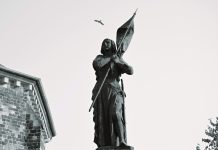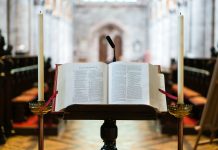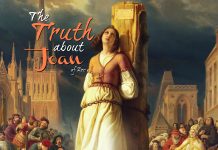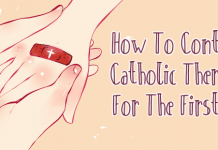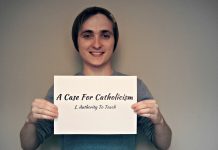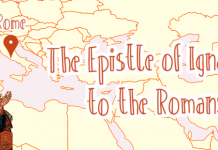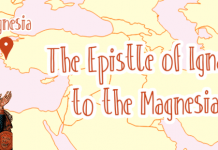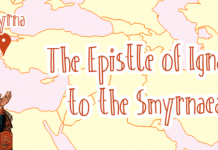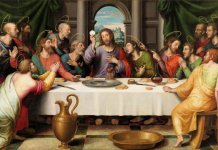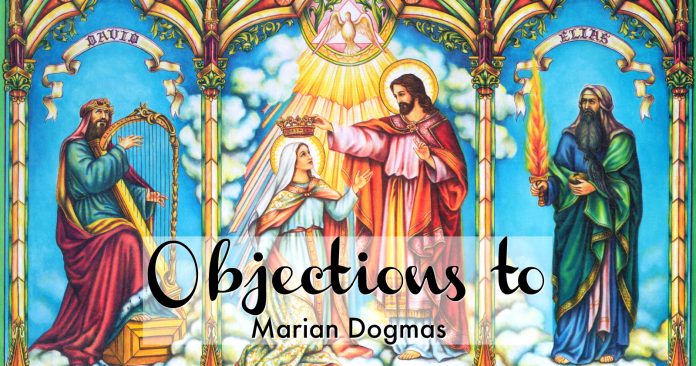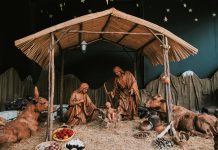Here are some of the actual objections we have received from Protestants regarding some of the Marian dogmas, and our responses in turn:
1. The Marian Dogma Of The Immaculate Conception
Mary was a sinner like us. In her Magnificat in Luke 2:47, she refers to her child as being her Savior. Only sinners need a savior.
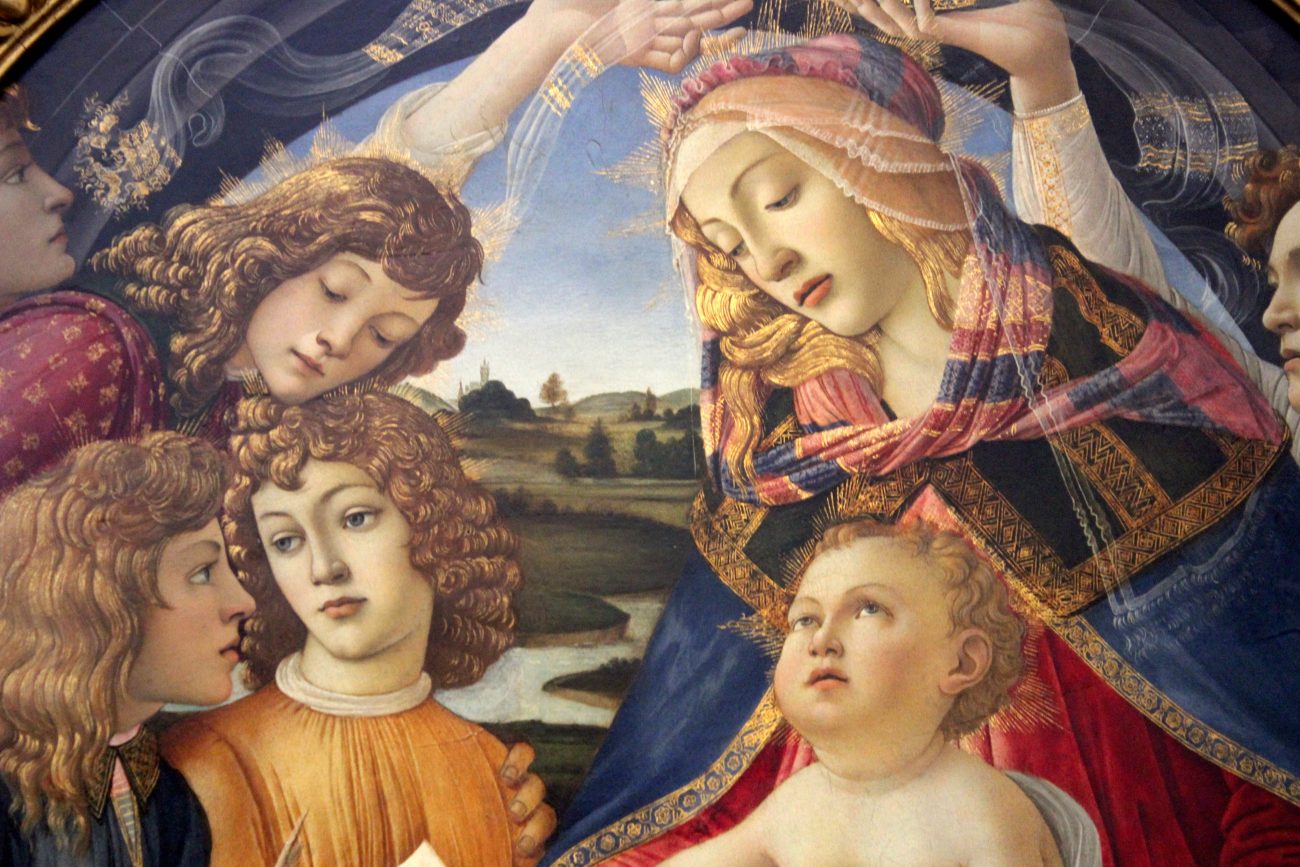
I would agree with you in that Mary was saved from sin through Christ, her savior. However, just because Christ saved her from sin, it does not necessarily follow that she herself was infected with sin, and committed sin herself.
I will use an analogy to explain. Take a doctor who gives a patient a measles vaccination. The patient does not have measles and has never experienced any symptoms of it. In other words, they have never been infected with it. It is nonetheless true, however, that when they receive the vaccination, they are saved from measles, and their savior is the doctor.
The Catholic understanding of Mary being conceived without sin (known as the dogma of the Immaculate Conception) is the same. Thus, Jesus is Mary’s savior.
The Catechism of the Catholic Church emphasizes this point in paragraph 491 when quoting Pope Pius IX’s words from 1854. He states, “The most Blessed Virgin Mary was from the first moment of her conception, by a singular grace and privilege of almighty God and by virtue of the merits of Jesus Christ, Savior of the human race, preserved immune from all stain of original sin.”
The Church teaching is clear; Jesus was Mary’s savior. The cross impacts peoples of all times; past, present, and future.
So I agree, Jesus was Mary’s savior. The next question: was Mary a sinner like us? I would argue that she was not a sinner like us, but that she was, “preserved immune from all stain of original sin.”
To argue this point I will use typology. The first typology I will use is Mary as the Ark of the New Covenant. I will examine the parallels between Mary and the Ark of the Old Covenant.
Mariology In The Bible—The New Ark
Firstly, what did the Ark contain? It contained three things: the manna bread from heaven, the stone tablets of the Law, and the staff of Aaron the high priest of Israel. What did Mary contain? She contained the true bread from heaven (John 6:58), the fulfillment of the Law, and the high priest of the new Israel.
We are told, in the Gospel of Luke, that the Ark of the Old Covenant journeyed to the hill country of Judea into the house of Obed-edom for 3 months before returning to David in Jerusalem, where David leaped for joy in the presence of the Ark. Similarly, Mary visited the house of Elizabeth and Zechariah in the hill country of Judea for three months where the baby inside Elizabeth’s womb leaped for joy.
David says, “How can the Ark ever come to me?” (2 Samuel 6:9). Similarly, Elizabeth says, “Who am I that the mother of my Lord should come to me?” (Luke 1:43). Where David shouts for joy in the presence of the Ark (2 Samuel 6:15), Elizabeth “exclaimed with a loud cry” (Luke 1:42). Where the Ark had God sitting above it, Mary is overshadowed by God (Luke 1:35).
It seems obvious, therefore, that Luke structures and words his gospel to show that Mary is the Ark of the New Covenant. But what else do we know about the Ark, and what implications do they hold for Mary, who is the new Ark?
The Ark was made of pure gold, and it brought with it the presence of God. Even when it is touched by Uzzah, he is struck dead. Mary, the new Ark was also made of the purest nature by her maker. She brings with her the presence of the Lord. Her womb is what the second person of the Blessed Trinity is relying on for life (what humility on God’s behalf!) Her womb is the dwelling place of God; a shrine to him.
How could Mary have been full of sin if this is the case? Conversely, the Angel Gabriel, in an older translation, calls her “full of grace” (Luke 1:28). Further evidence for Mary being the Ark of the New Covenant can be found in Revelation. Revelation 11 ends with talk of the Ark, and then the text immediately shifts to discussing Mary. John uses this technique to draw further parallels between Mary and the Ark.
Is it not fitting that God, who specifically instructed the old Ark to be constructed in the purest fashion, would make the Ark of the New (and even greater) Covenant also pure, without stain, and with a massively vital role?
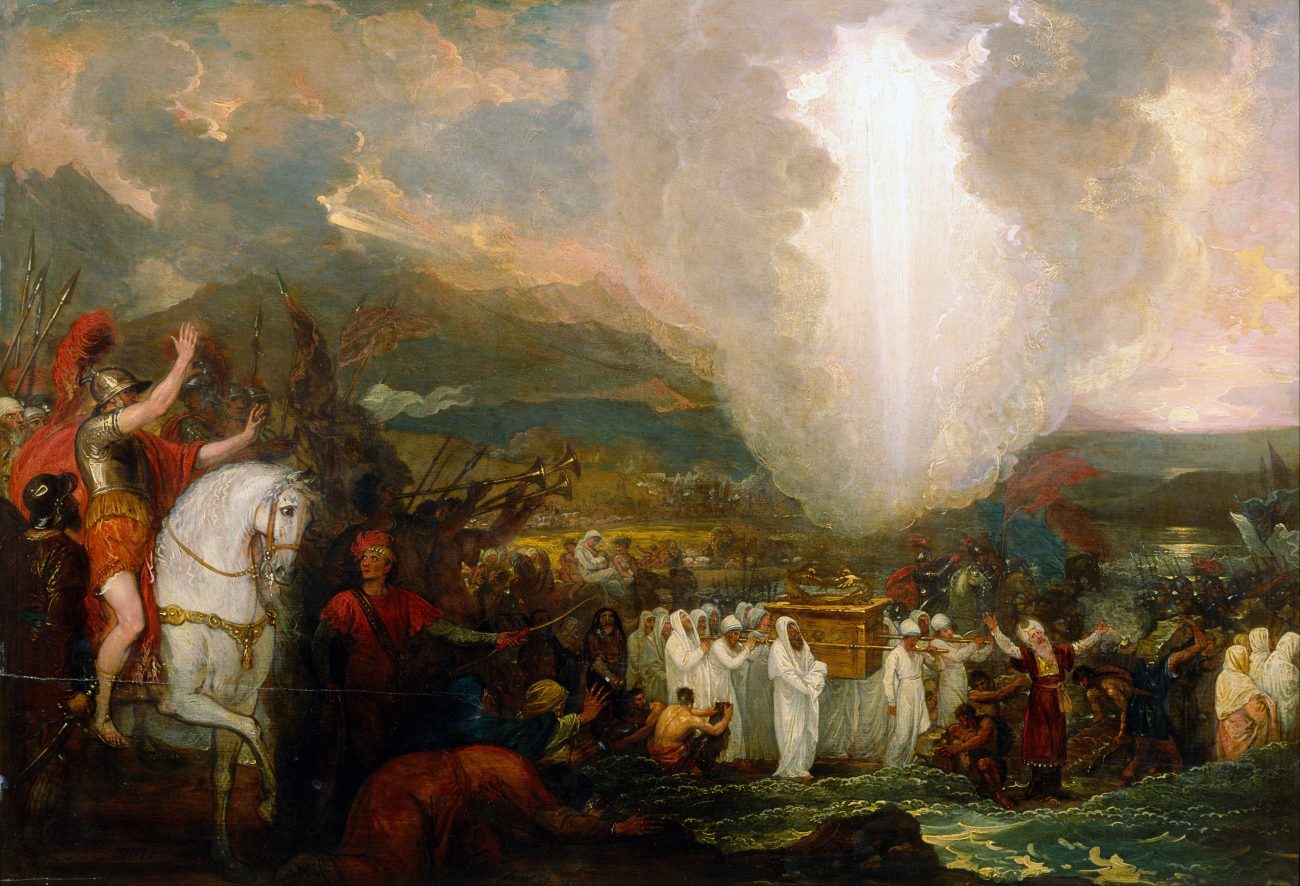
The New Eve
The second typology I want to use is Mary as the “new Eve”.
I’m sure we’d both agree that Christ is the new Adam. Adam, a man born without original sin chose to do his own will, and so brought forth death and sin into the world. Christ chose God’s will, and so brought forth life and redemption. If there’s a new Adam, surely there’s a new Eve? I think Mary is the new Eve (as did the Apostolic Fathers).
Let’s look at the parallels. An evil angel appears to Eve and tempts her to do evil where she is presented with a free choice, but she passes this evil onto Adam, whose sin leads to a fallen world. A good angel appears to Mary and she chooses to accept God will’s by her own free choice.
Through her good choice, Christ—the second Adam—is able to redeem this fallen world. Eve is the mother of all the living, but Mary is the mother of all the redeemed. Mary is described as the mother of all those “who keep God’s commands and hold the testimony of Jesus” in Revelation 12:17. What else is an important feature about Eve? She was born without original sin. Mary was likewise preserved from it.
Many Protestants object to this, claiming that Romans 3:23 refutes it. “For all have sinned and fallen short of the Glory of God”. However, we know that Paul is not talking about literally everyone here.
Christ was born without sin, as was Adam and Eve. Many babies who die in the womb also never sin. We know, therefore, that there are exceptions to the rule.
Paul is making the point that all people, Jews and Gentiles have sinned. Jews are not different from Gentiles in this aspect. He is not categorically saying that every single person who has ever lived has sinned because that would be calling Christ a sinner and is simply untrue, even from a Protestant viewpoint.
2. The Marian Dogma Of The Perpetual Virginity
The Roman Catholic Church claim that Mary remained a virgin all her life. However, Matthew 1:25 clearly contradicts this. Mark 6:2-3 shows Jesus had brothers and sisters. The argument that they could have been his cousins is fallacious and false as the text is clear. Acts 1:14 is the point at which some of his brothers, if not all, believed in the risen Lord Jesus Christ.
Matthew 1:25 states, “But he did not consummate their marriage until she gave birth to a son. And he gave him the name Jesus.” The objection here is that because the text says they didn’t consummate the marriage until a son was born, it is assumed that sexual relations began after the birth of Christ.
Even though it may appear obvious to us today, this is a weak and unjustified position to take when viewed historically. Allow me to explain.
The word “until” can be used in a variety of ways even in our modern English language. I might say, “God bless you until we meet again.” By saying this, I am not meaning, “May God stop blessing you the moment we meet again.” There are even clearer examples in Scripture itself where the word “until” is used without the opposite action happening after the event.
For example, in 2 Samuel 6:23 it says, “And Michal the daughter of Saul had no children until the day of her death”. This does not mean that Michal began having children after her death. There are other examples in the New Testament.
1 Corinthians 15:25 reads, “For he (Christ) must reign until he has put all his enemies under his feet”. Again, this does not mean that after he has put all his enemies under his feet that Christ will no longer reign. We are told countless times in Scripture that Christ’s reign shall have no end.
In fact, John Calvin made this point himself and argued that Matthew 1:25 does not contradict the Marian dogma of perpetual virginity. It is therefore not a strong argument to use Matthew 1:25 as a case against the perpetual virginity of Mary.
The second Scripture you sighted is Mark 6:2-3. “On the Sabbath, he began to teach in the synagogue, and many who heard him were astounded. They said, ‘Where did this man get all this? What is this wisdom that has been given to him? What deeds of power are being done by his hands! Is this not he a carpenter, the son of Mary and brother of James and Joseph and Judas and Simon, and are not his sisters here with us?’”
I would make a couple of points here. The first I will make is to say that I disagree that the text is clear that Christ had brothers and sister. It may be clear in English, but this does not mean that it is clear in the Greek. The Greek word used for brother in Mark 6:3 is adelphos. The plural version of adelphos is used in Matthew 23:8. “But you are not to be called rabbi, for you have one teacher, and you are all brothers (adelphoi)”. In this passage, Jesus is preaching to “the crowds and his disciples” (Matthew 23:1) so he is clearly not suggesting that the whole crowd are biological brothers.
We are also told that Lot and Abraham are “brothers” in Genesis 13:8, but we know this is not referring to them being biological brothers because, biologically, they are uncle and nephew. It’s worth noting that the Greek Septuagint uses this word adelphos when describing the relationship between Lot and Abraham.
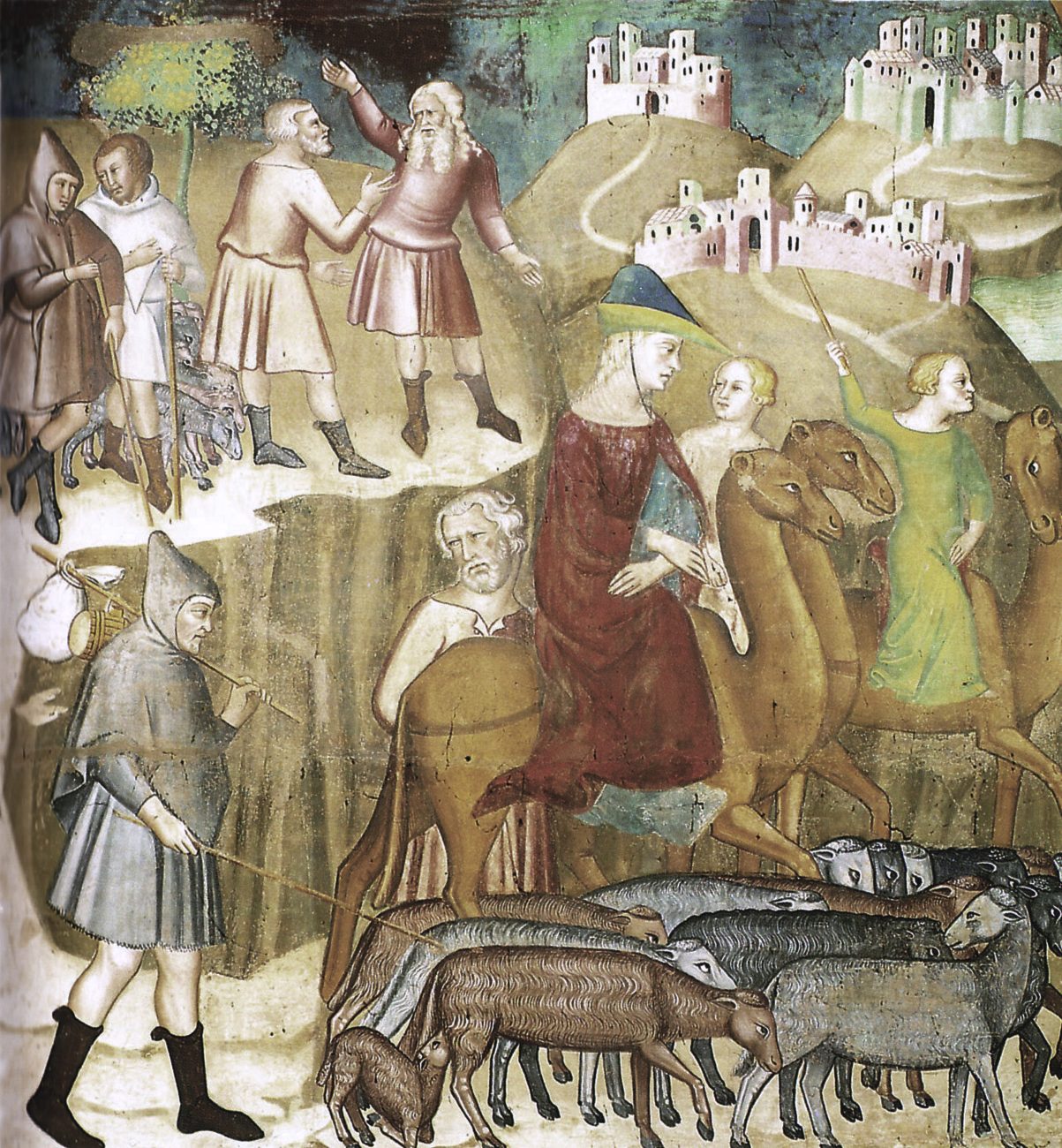
Furthermore, as the Catechism points out in paragraph 500, we know clearly that the “brothers” of Jesus mentioned in Mark 6:3 are not biologically related to Jesus. This is because we are told that these brothers (James, Judas, Joseph and Simon) have a different mother to Jesus.
After the crucifixion of Christ, “Mary Magdalene and Mary the mother of James and Joseph, and the mother of the sons of Zebedee were watching on from a distance” (Matthew 27:56). James and Joseph are the same James and Joseph from Mark 6:3. In the first verse of the following chapter, Matthew describes the mother of these two boys as “the other Mary” (Matthew 28:1).
This clearly is not the same Mary as the mother of Christ, as Mary the mother of Christ is at the foot of the cross at this point.
Acts 1:14 uses that word adelphoi again to describe Jesus’ brothers. Since there is no evidence in the gospels of Jesus having biological brothers (as I have briefly discussed), it is very unlikely that Luke is talking about biological brothers here. Since the Gospel writers refer to Jesus’ brothers as very close friends, followers, or potentially more distant relatives, it would be very strange—and therefore very unlikely and inconsistent—that Luke is referring to Christ having biological brothers in Acts 1:14.
A Practical Reason Why She Remained A Virgin
So did Mary remain a virgin all her life? I’d say yes. My first reason for this is not particularly theological, but more practical.
Put yourself in the position of Joseph, Mary’s husband. Mary was overshadowed by the third person of the Holy Trinity and conceived the second person of the Blessed Trinity. She was a daughter of the Father, the mother of the Son, and the spouse of the Holy Spirit. God himself dwelt in her. Her womb was a tabernacle, the Holy of Holies in a sense.
If Joseph had sex with such a woman and conceived another child, surely this would defile Mary’s holy womb? I for one would not be comfortable taking the virginity of somebody like that.
Another argument is that Mary is the new Ark of the New Covenant. The Ark of the Old Covenant was touched and a man dies. This can be interpreted as a foreshadowing of the abomination that it would be if a man were to touch the Virgin Mary in a sexual way. As I mentioned before, John Calvin would agree with me on this point, as do the Church Fathers.
In conclusion, Mary remained a virgin all of her life. Like all the other Marian dogmas, it all adds up when you’re blessed with enough time to study it!
3. When Did Mariology Begin?
The veneration of Mary did not take place until 431AD so how could the Roman Catholic Church have got it wrong for so long? Or did they? Was this yet a further creep of corruption within the Church?
Just because a practice or doctrine takes a while to develop, does not mean it is not true. In fact, many doctrines start off in what is called “seed form”.
Take the belief in hell, for example. Christianity has inherited that from Judaism. The doctrine of hell developed throughout the Old Testament. It started off being described as “the pit” before becoming known as an obscure place called Sheol. By the New Testament, with the help of Greek philosophy, we have somewhere known as Hades.
In fact, many Jews did not—and even today—are not totally sure whether they believe in an afterlife at all. This is a developed doctrine, but it is nonetheless a true doctrine.
Another more obvious and distinctly Christian doctrine would be the doctrine of the Trinity.
In the Old Testament, God clearly reveals himself as being one. However, there are hints of a Trinitarian God. For example in Genesis 1 when he says “let us make man in our image”, or in Genesis 18 where the LORD appears to Abraham as “three men”.
However, Old Testament figures would not have believed in the Trinity as we understand it today. In fact, even just after Jesus’ death the Trinity was not as clearly taught as it is today. Many groups strongly denied that Jesus himself was divine. It actually took over 200 years for the Catholic Church to define the Trinity at the Council of Nicaea.
So the Trinity is also a doctrine that took a while to be defined, yet it is still true. The Marian dogmas, like the Trinitarian doctrines, are also seen in seed form in the Scriptures and in the Early Church.
I have already shown using Scripture in Objection 2 how Mary is the New Eve and the New Ark of the Covenant, meaning she deserves veneration just as the Ark did. I will now show how she is the Queen of the New Jerusalem, before mentioning some quotations from the Early Church.
Queen Of The New Jerusalem
The kingdom of Jerusalem prefigured the new heavenly kingdom of Jerusalem. There are many aspects of this kingdom which foreshadow the New Covenant.
There is the king, who represents Christ. He was the head of the whole kingdom, and his authority was unquestioned. There was a prime minister, who foreshadows the papacy, and there was a queen.
However, the queen was not the wife of the king; rather she was the mother of the king. This structure began with King Solomon who positioned his mother, Bathsheba, as queen. This structure of a queen mother continued all the way through until the fall of the kingdom of Israel.
It, therefore, is logical to suggest that Jesus, the new Solomon, king of the New Jerusalem, has a queen mother in Mary. In fact, Revelation 12 describes Mary as wearing a crown “of twelve stars” (Revelation 12:1).
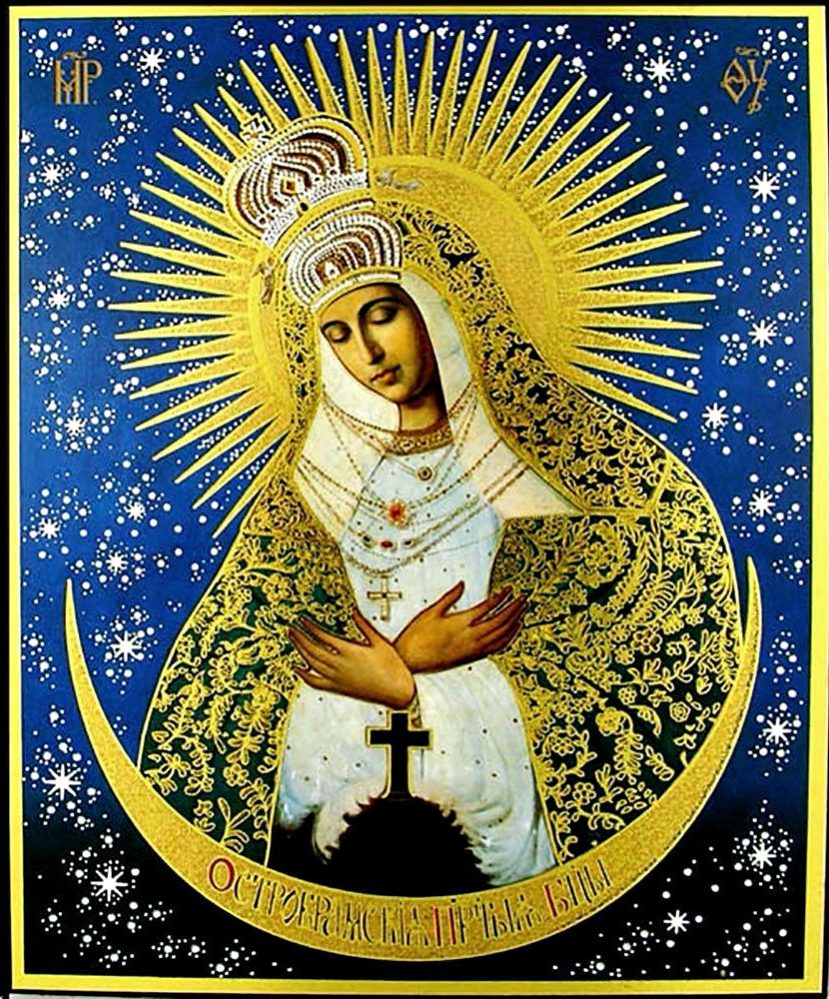
This view and veneration of Mary were also present from very early on within the Church. Athanasius of Alexandra wrote in 373AD, “It becomes you to be mindful of us, as you stand near Him Who granted you all graces, for you are the Mother of God and our Queen. Help us for the sake of the King, the Lord God Master Who was born of you. For this reason, you are called ‘full of Grace’…”
Irenaeus of Lyons, in 180AD writes “For just as [Eve] was led astray by the word of an angel, so that she fled from God when she had transgressed His word; so did [Mary], by an angelic communication, receive the glad tidings that she should sustain God, being obedient to His word. And if the former did disobey God, yet the latter was persuaded to be obedient to God, in order that the Virgin Mary might become the patroness of the virgin Eve.”
The evidence here suggests that devotion to Mary was present even within the first two centuries of Christianity.
Could this be corruption creeping in? Potentially, although this would contradict what Christ says about the Church, that it will be led into all truth (John 16:13), and that the gates of hell will never prevail against it (Matthew 16:18).
It also seems very unlikely that this belief was wrong. It was the belief of those who knew the Apostles, and who lived in the same culture as them. It, therefore, was almost certainly the belief of the Apostles themselves.
4. Praying To Mary
To pray to Mary (or through Mary as you stated) is a denial of Scripture. 1 Timothy 2:5 One God and One mediator. John 14:6 “No man comes to the Father but by me.” Nowhere in Scripture are we told to pray to the dead to intercede on our behalf.
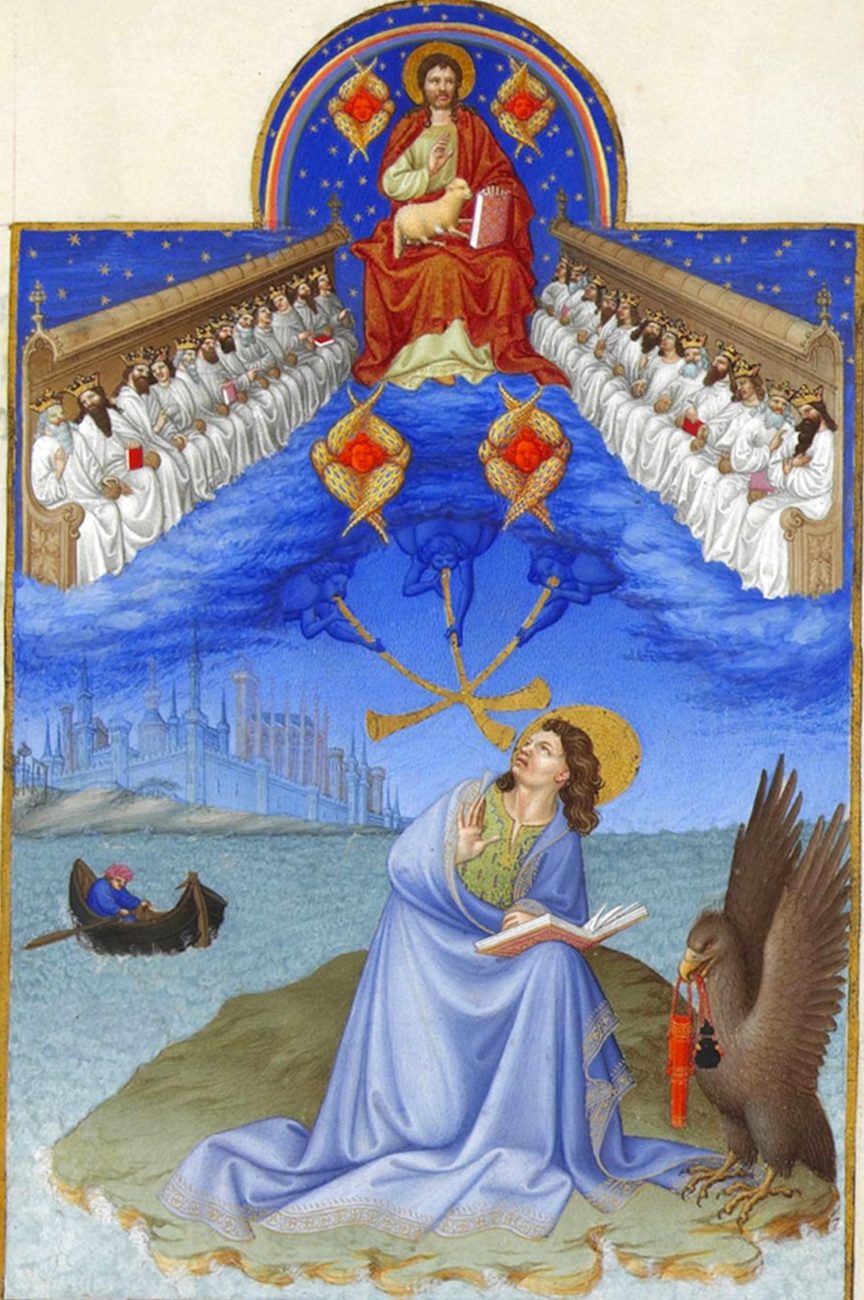
This is not one of the Marian dogmas, but it makes sense to deal with it here as it is a common Protestant objection.
I disagree that asking the saints in Heaven to pray for us is a denial of Scripture. The argument you make is that only Jesus can intercede and pray for us. This is a common Protestant argument, although it is not consistent and even contradictory to Protestant practice.
For example, if you were to ask a friend to pray/intercede for you, you would be asking someone other than Christ to intercede for you. By your logic, this contradicts 1 Timothy 2:5. However, we know this interpretation cannot be correct, since we are instructed in many places in Scripture to pray and intercede for one another.
The other Scripture you mentioned was John 14:6, which states, “No one comes to the father except through me.” When I ask someone to pray for me, I am still coming to the Father through Christ because of his life and sacrifice. Whether you, a friend or a particular saint prays for me does not alter that fact. It is because of his sacrifice that I can come to the Father.
So why should we ask the saints to pray for us? The key to understanding this is by considering that the saints (people in heaven) can see us. The author of Hebrews testifies to this understanding in Hebrews 12 where, after he has described the incredible heroics of Old Testament figures in chapter 11, begins chapter 12 with, “Therefore, since we are surrounded by so great a cloud of witnesses”.
The message is clear: these saints see us, surround us, and are willing us on.
But Why Do We Need Their Prayers?
The next question is, “Why do we need saints to pray for us? Why not just go directly to God?” My answer would be that I agree that we should all go to God directly. We should pray to him, give thanks, confess our sins, and petition him.
At the same time, however, I would argue that the prayers of others joining ours are even more powerful than if we were just praying by ourselves. Why ask saints to pray for us? Well, James 5:16 says that “the prayer of a righteous man avails much.”
There is no one more righteous than those people who have died and have been fully sanctified by God’s grace. These people are saints, and so it makes sense to ask them to pray for us because their prayers are very powerful.
A Calvinistic objection to this would be to argue that all believers are equally righteous in God’s sight, however, Jesus does not seem to believe this. After Jesus makes clear that no one is to break any of the commandments of the Law, Jesus says, “Unless your righteousness exceeds that of the scribes and Pharisees, you will never enter the kingdom of heaven.”
Here Jesus clearly demonstrates that different people have different levels of righteousness, and encourages people to obey the law. He does not simply say, “When you invite me into your life, don’t worry too much about how you act because you are completely righteous.”
Rather he tells the crowds to strive towards it. Paul, along with the early Church Fathers, expands on this by strongly emphasizing that it is only by God’s grace that we can obey the Law, and not by our own merit so that no man can boast (cf Ephesians 2:8).
Some Direct Scriptural Support
So far in my argument, I have tried to show how praying to saints does not contradict Scripture, and I have shown a logical argument as to why we should ask them to pray for us.
However, there is even reference to the saints and angels praying for the people on Earth in Revelation 5:8: “When he had taken the scroll, the four living creatures and the twenty-four elders fell before the Lamb, each holding a harp and golden bowls full of incense, which are the prayers of the saints.”
Here we see the twenty-four elders presenting the prayers of the saints (“saints”, in this context, means the followers of Christ on Earth) to the lamb, who is Jesus. This lines up exactly with the idea that the saints and angels present our petitions to the Father through Christ.
I would also quote 2 Maccabees 15:12-16, but Martin Luther took that book out of the Bible in the 16th Century, and so you might not recognize its authority as a Protestant.
There are more Marian dogmas I could have defended, but this will do for now. Thanks for reading and feel free to comment below!
Suggested next reading: 7 Protestant Objections To Papal Primacy Answered

